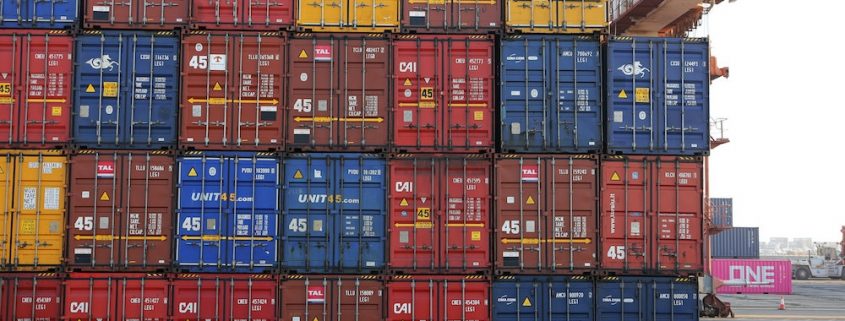Mobile Offices: RVs, Campers, and more
Mobile offices are not a new concept. But in the past several years, more and more people have been taking the idea in new directions. Here’s a look at some trends in mobile offices.
Campers and RVs with Mobile Offices
For years, people have been figuring out ways to work out of mobile setups. For example, with some research and hard work, campers and RVs can be converted into work-friendly spaces. One important consideration in these setups is desk space. A non-modified RV or camper is unlikely to have desk space that is key for working. As such, a lot of the modifications you need to make for this setup are related to the work space itself. This can mean installing side table,
converting an existing space, or even just using foldable or movable desks or tables.
You need the proper infrastructure in place to work from these spaces too. Internet is one key need for a lot of people working remotely. There are a few creative ways people who work from RVs and campers make sure they have internet access. For one, there is often free internet at RV parks where you can stay for a period of time. While this is great and accessible, it’s also not secure most of the time. For security, you can always beef up your devices with VPNs to bolster security and privacy while on public WiFi. Another potential solution is to invest in a mobile WiFi hotspot, giving you your own source for internet access. Many phone and internet service providers offer options for mobile hotspots.
Beyond internet, there are some more basic needs you have to address for truly mobile workspaces. Water, electricity, and plumbing are all necessary particularly when mobile offices are also where you live. Technology like solar panels are a pivotal way many people power their RVs and campers. When paired with large batteries that hold charges for your various needs, you’d be surprised at how much energy you can generate for yourself.
Coronavirus Pandemic
All of these ideas have likely been accelerated recently by the coronavirus pandemic. The pandemic has caused some huge changes to how many people work. Remote work has been at least a part-time solution for lots of businesses, and a long-term reality for some people. According to Gallup polling data from October 2020, 33% of people in the United States were working remotely all the time, with an additional 25% working remotely some of the time. Back in April 2020, the numbers were even higher, with 51% working remotely all the time and 18% some of the time. Though there has been a downtrend in the percent of people working remotely, the numbers are still very high. Over half of workers in the United States are working remotely at least some of the time. As a result, more and more people have entertained the idea of changing up where they are working. Whether short or longer-term, they have found value in working somewhere other than home.
Of course, many of the aspects of these new mobile offices are reflective of mobile office trailers that have existed for a while. Mobile office trailers are a great solution for many businesses. Check out our blog post on mobile offices to learn more about what they can offer!
Moon Trailer Leasing offers mobile offices to companies and organizations across Kentucky, Indiana, Ohio and Tennessee. We have offices of all sizes for rent and sale. Call 502-776-2199 for a fast and free quote.








 Buying A Used Shipping Container FAQs
Buying A Used Shipping Container FAQs